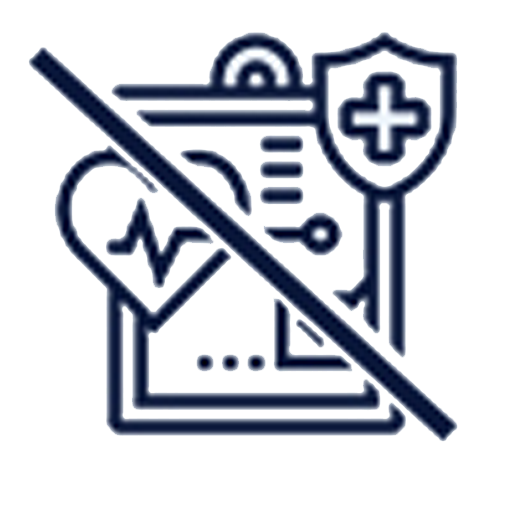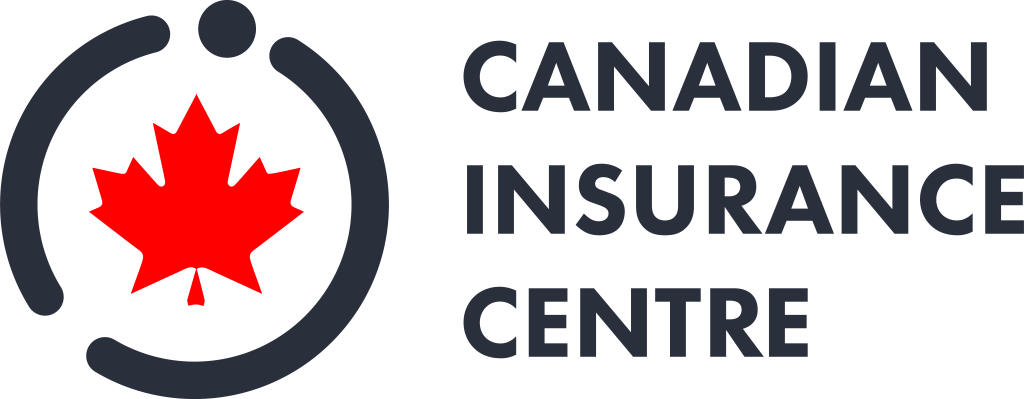Critical illness cover and Alzheimer’s disease
Why cover?
- affects 1 in 4 women / 1 in 5 men before retirement
- 94.1% of the critical illness claims are paid
- protect yourself and your family if you get seriously ill
Why Us?
We believe in responsibility, respect, mutual respect, professionalism and accessibility, is what creates loyalty and a long-term relationships
Heart Attack
A Heart Attack – also called a myocardial infarction – occurs when there is a blockage of blood flow to the heart. This is most often caused by coronary artery disease (CAD), a condition in which fat or cholesterol (which is also called plaque) builds up in the arteries that supply blood to the heart. The arteries are thus narrowed, and blood supply to the heart is reduced significantly.
Whilst a blocked artery is the most common cause of heart attacks, there are also other triggers, including:
- Infections, such as COVID-19, which can damage the heart muscle
- A tear inside a heart artery. This is called spontaneous coronary artery dissection.
Heart attacks are deadly and common, with an estimated 10,000,000+ cases annually worldwide. Around 12% of people who have a heart attacks will die from it, making them one of the leading causes of mortality in the world.
Heart attacks are extremely lethal and require immediate medical attention to prevent death.
Risk Factors:
CAD is caused by gradual build-up of plaque on the walls of arteries. This can be caused by behavioural and genetic factors.
People who have high cholesterol, are obese, physically inactive, unhealthy eaters, and tobacco smokers are at risk for CAD, and by extension, heart attacks.
Age is also a significant factor. Men aged 45+, and women aged 55+ are at a far higher risk of having a heart attack than younger persons.
Other conditions, such as high blood pressure and diabetes, can also contribute to the risk of having a heart attack.
Having a family history with heart disease is also a risk factor. This is aggravated when the family history includes heart disease at a young age (below 50).
Signs and Symptoms:
Symptoms of heart attacks can differ significantly. Some might have extremely severe symptoms, whilst others have a much milder reaction. Some people don’t show any symptoms at all (which is sometimes called a ‘silent heart attack’)
Common symptoms include:
- Pain or tightness in the chest.
- Discomfort which spreads to the shoulder, arm, back, jaw, or teeth.
- Cold sweat
- Exhaustion or fatigue
- Indigestion or heartburn
- Dizziness or light-headedness
- Shortness of breath
For many, heart attacks are sudden. However, some people experience warning signs hours or days in advance. Re-occurring chest pains that linger, even after resting, may be a warning sign. If you experience such symptoms, seek medical attention.
Complications
Heart attacks can trigger significant adverse effects, which have potentially fatal consequences. Some of these effects include:
- Irregular heart rhythms. A heart attack can change your heartbeat, making it erratic and unpredictable. This is potentially life-threatening.
- Heart failure. This is when the heart gradually loses ability to effectively pump blood throughout the body. Heart failure can be long-lasting (chronic) or temporary.
- Cardiac arrest. This is when the heart suddenly stops. Cardiac arrests can easily lead to death if not treated immediately.
Diagnoses:
In many cases, a heart attack is diagnosed during a medical emergency. If medical professionals recognise symptoms of a heart attack, they will act promptly in order to treat the condition.
However, the above is a non-ideal case. Preferably, health care providers should perform regular tests on their patients during check-ups, keeping tabs on significant risk-factors.
To diagnose a heart attack, medical professionals will check one’s blood pressure, temperature, and pulse. In addition, there are a number of tests that can be performed to help identify past or present heart attacks, as well as damage that was caused to the heart.
These tests include:
- Electrocardiograms (ECG or EKG). These tests record electric signals that travel through the heart. They are displayed as waves on a monitor and can indicate if you have had or are currently having a heart attack.
- Blood tests can be performed to check for specific proteins that leak into the blood after damage to the heart.
- Chest X-rays can be used to gauge the condition of one’s heart.
- Cardiac CTs or MRIs may be used to create more detailed images of the heart, in situations where an X-ray is inconclusive.
Preventions:
As the saying goes: ‘prevention is better than the cure’. It is important to take steps to reduce your risk of heart problems.
Maintaining a healthy lifestyle is possibly the most important factor. Don’t smoke. Maintain a healthy weight, eat nutritiously, and exercise regularly.
It is also vital to be aware of any existing conditions which might affect your heart. If you have risk factors (such as diabetes or high blood pressure), it is important to get frequent check-ups from your healthcare provider.
Learning CPR from an accredited course is also recommended, so that you can provide essential first-aid if you witness someone suffering a heart attack.
Statistics
- More than 747000 Canadians suffer from Alzheimer’s or other forms of dementia.
In 2020, 15 out of every 100,000 Canadians died of Alzheimer’s Disease
1 in 5 Canadians have experience caring for someone who has Alzheimer’s or other forms of Dementia.
We estimate that by 2030, over 912000 Canadians will be living with Dementia, including Alzheimer’s Disease
56% of Canadians are concerned about being affected by Alzheimer’s disease
Treatments:
For heart attacks, immediate treatment is vital, as the heart suffers more damage with each passing minute. Oxygen will be provided immediately by paramedics.
Medicines such as Aspirin and blood thinners may be used to prevent and break up blood clots, and thus allow blood to flow freely through clogged and narrowed arteries.
Other drugs may be given to relieve pain, slow the heartbeat, and lower blood pressure.
There are also surgical procedures that can be done to open clogged arteries. These may be performed using a catheter (a long tube that is fed through a main artery), or the chest may need to be opened for surgery.
After a heart attack, many healthcare providers will create a personalised cardiac rehabilitation program, which can help patients recover, and can improve their cardiac health. The program can continue for months, and is usually begun in hospital, and continues at home.
Conclusion
Now that you understand the severity of heart attacks, it is important to make sure that your health insurance has the appropriate coverage for you.
At Canadian Insurance Centre, your health, and the health of your loved ones, is our top priority. That is why our plans cover all the significant costs that can arise from heart conditions, from surgical costs to rehabilitation. Reach out to us, and we will gladly help find the plan that is suitable for you.
Contact
Get a quick qoute for:

Accident Insurance

Critical Illnes Insurance



